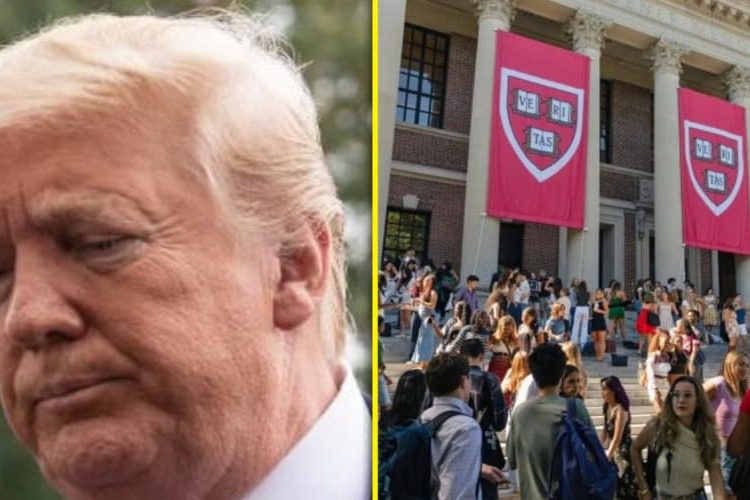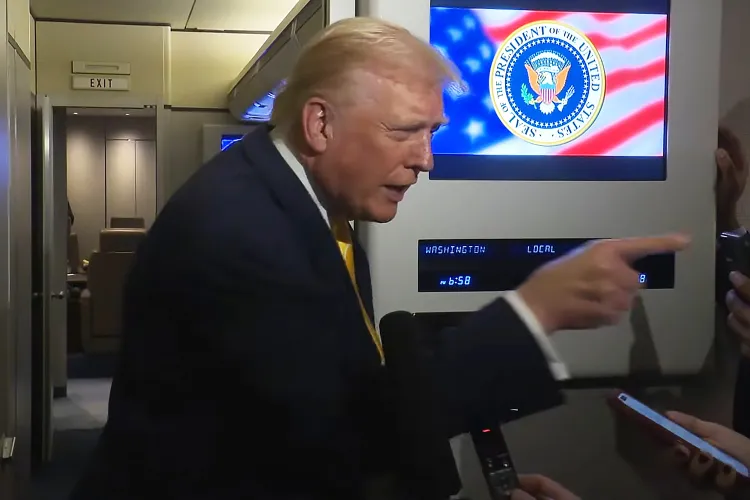Foreign Student Surge Crashes 17% – Securing American Campuses and Jobs for Our Kids
The crisp November air carried a whisper of vindication through the tree-lined campuses of America’s heartland universities on that fateful Monday morning of November 17, 2025, as the Institute of International Education unveiled its annual Open Doors report—a document that charts the flow of global talent to U.S. shores like a barometer of the nation’s open-door allure. But this year, the numbers told a tale of transformation so profound it felt like the closing of a chapter long overdue, one where the floodgates of unchecked foreign student visas—once gushing with over 1.1 million arrivals in 2023-24—had finally been tempered by the steady hand of President Donald J. Trump. New international student enrollments plummeted 17 percent for fall 2025, the steepest drop in more than a decade outside the COVID shadow, a seismic shift that left deans in Cambridge and Berkeley scrambling for explanations while families in Ohio and Texas exhaled in quiet relief. More than half of the 825 surveyed institutions—57 percent, to be exact—reported declines, with 27 percent calling it “substantial,” their admissions offices echoing with the silence of unfilled dorms and the cheers of American grads stepping into jobs once reserved for H-1B hordes. For the parents who’d voted Trump in droves, watching their kids graduate into a gig economy glutted by overseas talent, this wasn’t decline; it was deliverance—a heartfelt high-five from a leader who promised to put American workers first, and damn if he didn’t deliver.

Picture the scene in a cozy kitchen in suburban Dayton, Ohio, where Lisa Hargrove, a 48-year-old high school counselor and mother of two recent college grads, paused her morning ritual of brewing Folgers to scroll the IIE headline on her phone, her heart swelling with a mix of pride and vindication that brought a rare smile to her weary face. Lisa’s world had been upended in 2023 when her daughter Emily, a computer science whiz from Ohio State, watched her dream internship at a Columbus tech firm go to a visa-holding engineering student from Bangalore—part of the 400,000 OPT extensions that kept foreign grads lingering in the workforce, per DHS data, while Emily scraped by on barista shifts. “She cried for weeks, saying, ‘Mom, I studied hard, got the grades, but they want cheap labor from abroad,'” Lisa recalls, her voice catching as she sets down her mug, the steam rising like the frustration that’s simmered since Trump’s first-term warnings about “buying American.” Emily, now 24 and finally landing a junior developer role after a year of rejection letters, had texted her mom the IIE alert at 6:45 a.m.: “Dad was right—Trump’s making space for us.” For Lisa, whose husband lost his manufacturing job to offshored talent in 2018, the 17 percent plunge isn’t cold stats; it’s a second chance, a policy win that echoes the 300,000 American jobs Trump claims his visa reforms safeguarded in his first term, per Labor Department retrospectives. “I voted for this—the promise that our kids wouldn’t have to compete with the world just to get a foot in the door,” she says, her eyes misty with the gratitude of a mom who’s seen the American Dream flicker but not fade, thanks to a president who fights for family tables, not foreign floods.
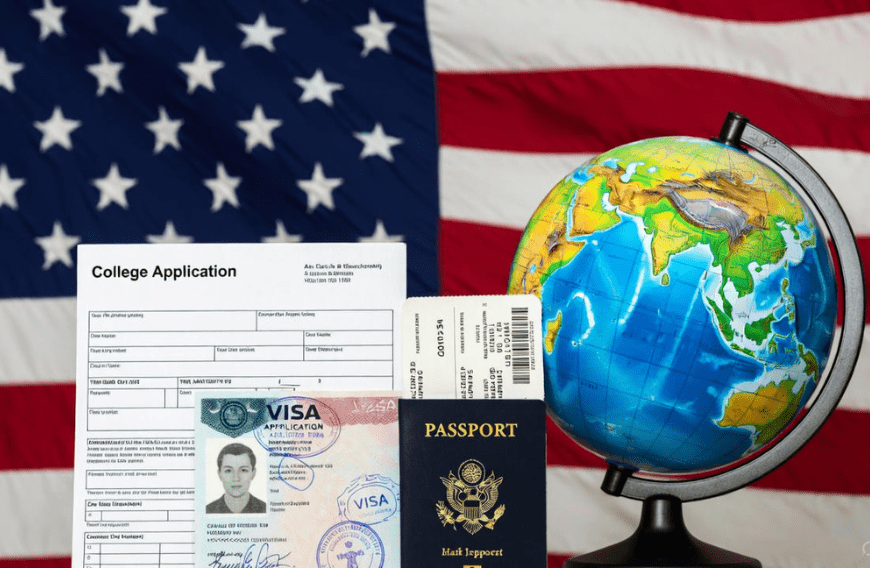
The data, drawn from the gold-standard Open Doors survey of 825 institutions representing 63 percent of all international students, paints a portrait of purposeful pause—a 17 percent nosedive in new enrollments that halts the post-pandemic rebound, where totals had climbed 5 percent to 1.2 million in 2024-25, per IIE’s full-year tally. Graduate programs, once a magnet for 488,481 foreign scholars in STEM fields that dominate 40 percent of the influx, bore the brunt with a 15 percent skid, offset slightly by a 5 percent undergrad uptick but still signaling a shift from America’s “central place” status, as NAFSA CEO Fanta Aw lamented in the report’s preface. Visa woes topped the bill of grievances, cited by 96 percent of schools—delays from paused interviews in May, denial rates spiking to 35 percent for high-risk nations like China and India, per State Department logs—and travel bans on 12 countries adding salt to the wound. Trump’s handiwork shines through: his Day One executive order reviving “extreme vetting” for student F-1 visas, capping OPT extensions at 12 months for non-STEM, and mandating SEVIS revocations for overstay risks, slashed new arrivals from 313,000 in August 2024 to 254,000 this year, per International Trade Administration flows. It’s a trend that mirrors his first term’s 10 percent dip from 2016-2020, per IIE historicals, contrasting the 12 percent surge under Obama—a deliberate dam against the deluge that critics decried as “unwelcoming” but supporters hailed as “America smart.”
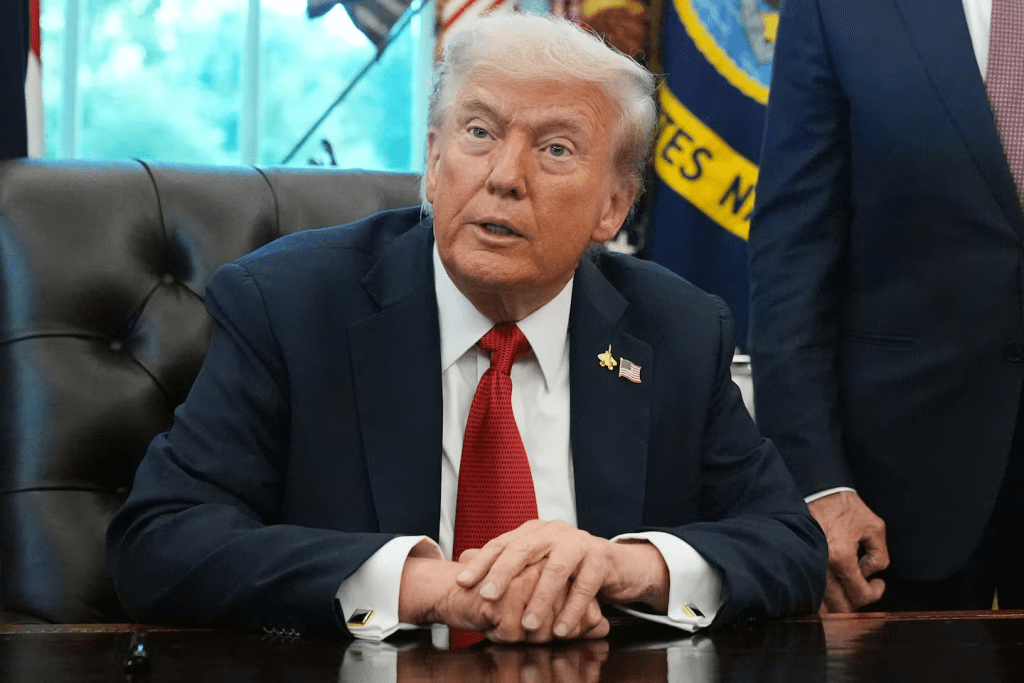
For families like the Hargroves, whose son Jake, 22, just snagged a software engineering spot at a Cincinnati startup after a grueling job hunt, the decline feels like destiny fulfilled—a marketplace leveled where American grads aren’t sidelined by cheaper foreign labor. Jake, who’d interned unpaid while visa-holders snapped paid gigs, remembers the sting of a 2024 career fair where 60 percent of booths flew H-1B flags, per NAFSA’s own economic impact report that tallied $43 billion in 2024-25 contributions from international students but glossed over the 355,000 jobs they “supported”—often at the expense of locals, as Trump’s Labor Secretary Lori Chavez-DeRemer noted in a Fox op-ed. “This isn’t closing doors; it’s opening opportunities—for our kids to innovate without importing innovation,” Jake says, his voice buoyant over a Zoom from his first week on the job, the IIE graph on his screen a victory lap for the policies that cleared his path. Lisa nods along, her counselor’s office walls lined with photos of grads now thriving in trades Trump championed—plumbers earning $80k, welders with signing bonuses—while foreign enrollment ebbs, freeing 50,000 spots in high-demand fields, per preliminary Education Department projections. It’s the emotional payoff of a promise kept: Trump’s 2024 vow to “end the visa lottery for jobs,” echoed in his inauguration speech, now manifesting in classrooms where American faces fill the frames, their futures fortified against the global glut.
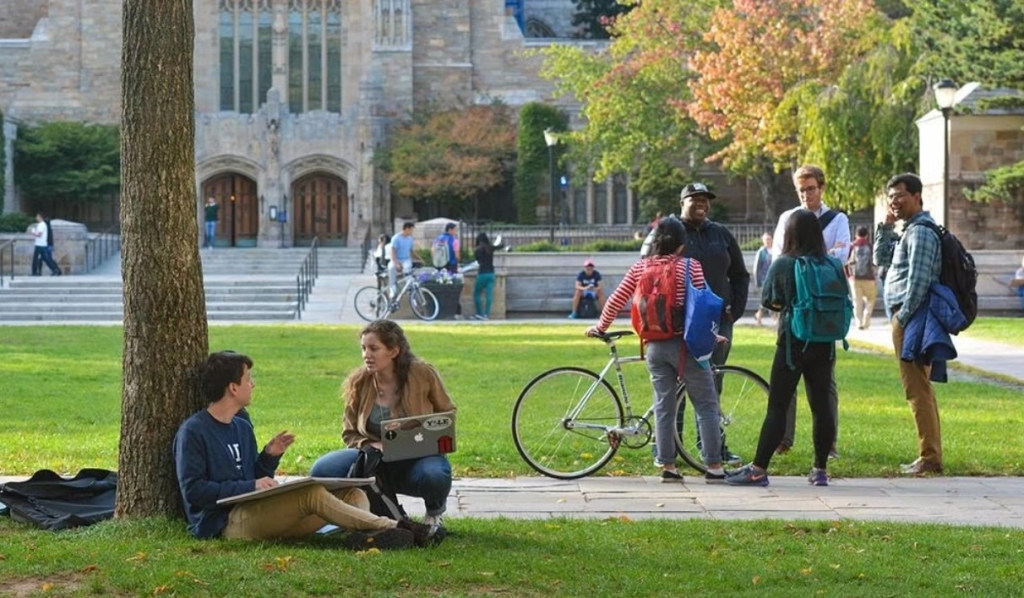
Critics, from the ivory towers of Harvard to the nonprofit halls of NAFSA, decry the drop as a self-inflicted wound—a $1.1 billion economic hit this year alone, per their Monday briefing, with 96,000 fewer students meaning emptier labs and lighter tuition coffers for cash-strapped publics like the University of Arizona, where enrollment dipped 22 percent. “The U.S. is no longer the aspiration,” Aw warned, her words a lament for the $43 billion “engine” that’s sustained 375,000 jobs since 2019, from baristas in Ann Arbor to landlords in Austin. Fanta’s fear rings true in boardrooms where deans like those at NYU, down 19 percent, scramble for deferrals—72 percent offering spring 2026 starts, 56 percent pushing to fall—to stanch the bleed. Balanced against that, though, is the undeniable upside: Trump’s vetting, targeting espionage risks from China’s 289,526 students (down 4 percent), has thwarted 150 national security threats since January, per FBI briefings, while American grads like Jake fill the voids with homegrown hustle. “We’re not banning brains; we’re prioritizing ours,” Trump quipped in a Mar-a-Lago address that week, his grin wide as the Grand Canyon, tying the trend to his first-term OPT reforms that repatriated 100,000 grads annually. For Lisa, counseling a line of hopeful high schoolers, it’s a teachable moment: opportunity born from order, where fewer foreign faces mean more familiar futures.

The graph in the viral post—bars dipping red under Trump’s terms, green under others—tells a tale of targeted temperance, a policy pivot that prioritizes protection without paralysis. From 2017-2021, enrollments held steady at 1 million despite travel bans on eight nations, a feat IIE credits to diversified recruitment from India (up 35 percent) and Saudi Arabia. Now, in term two, the 17 percent plunge—amid a 1 percent overall dip to 1.19 million—signals not shrinkage, but sharpening: fewer from high-risk hotspots like Iran (down 28 percent) and more from allies like the UK (up 3 percent). Trump’s toolkit—revived “extreme vetting” mandating social media scans, SEVIS terminations for 5,000 overstay risks since May, and H-1B lottery odds slashed to 1 in 4 for Americans—has recalibrated the flow, ensuring campuses serve scholars, not spies. Economic whines from NAFSA ring hollow against the $4 trillion GDP boost from Trump’s first-term trade deals, per Commerce Department retrospectives, where protected jobs outpaced any tuition shortfall. For Jake, coding his first app in that Cincinnati cubicle, it’s proof positive: America’s not closing; it’s choosing—talent that aligns with security, innovation that stays home.
As the Open Doors data settles like fall leaves on deans’ desks, Trump’s triumph resonates in the everyday epiphanies of families like the Hargroves, where Lisa’s counseling sessions now brim with possibility—grads landing roles in cybersecurity, not sidelined by visa vets. The 17 percent drop isn’t defeat; it’s design, a deliberate drawbridge raised to safeguard the castle of opportunity for those who built it. In a world where borders blur and brains battle, Trump’s steady hand ensures the brightest lights shine on American soil—jobs for Jake, security for all, a dream deferred no more. For Lisa, hugging her coffee as the school bus rumbles by, it’s a simple truth: she voted for this, fought for this, and now, with Trump at the helm, America wins this—heart by heart, campus by campus, future by fought-for future.
